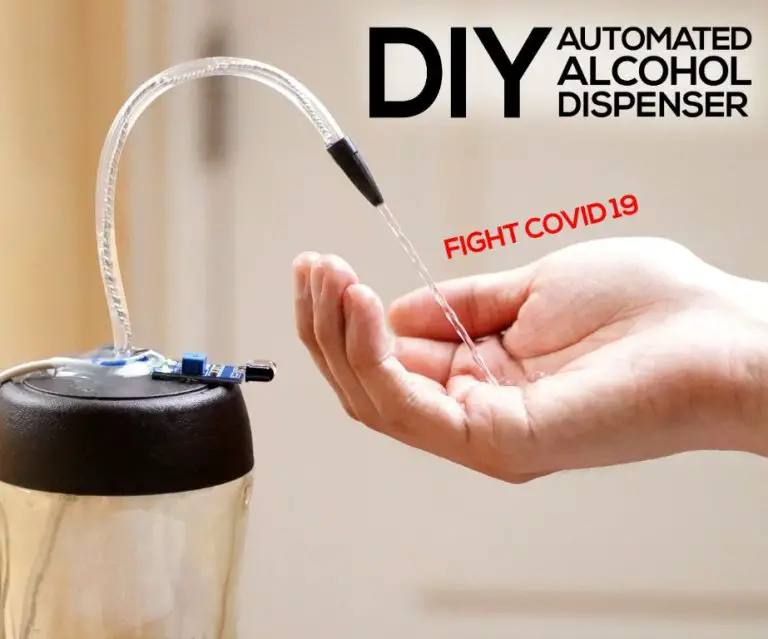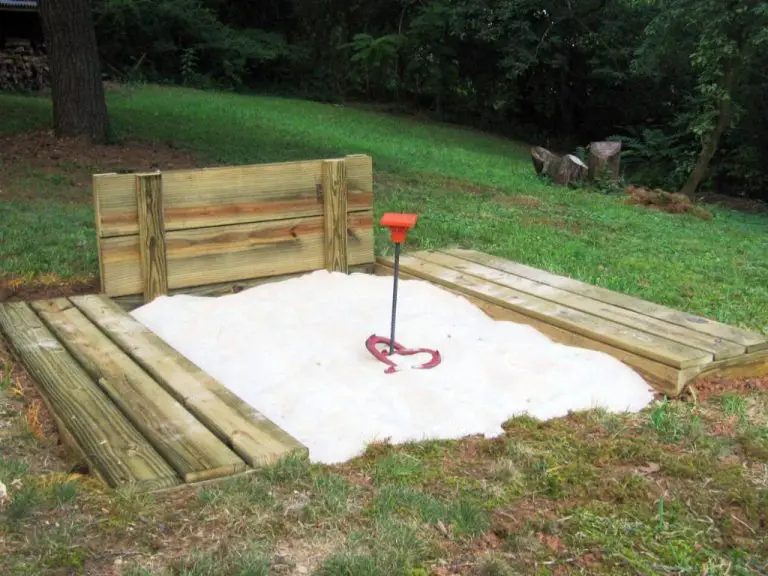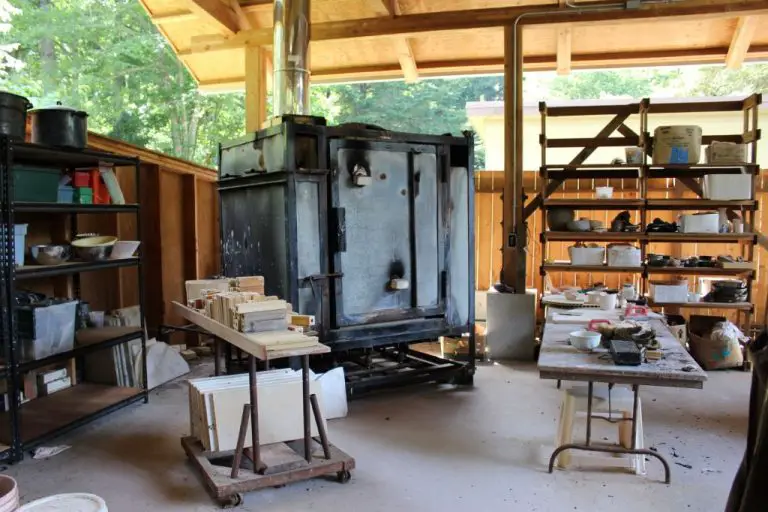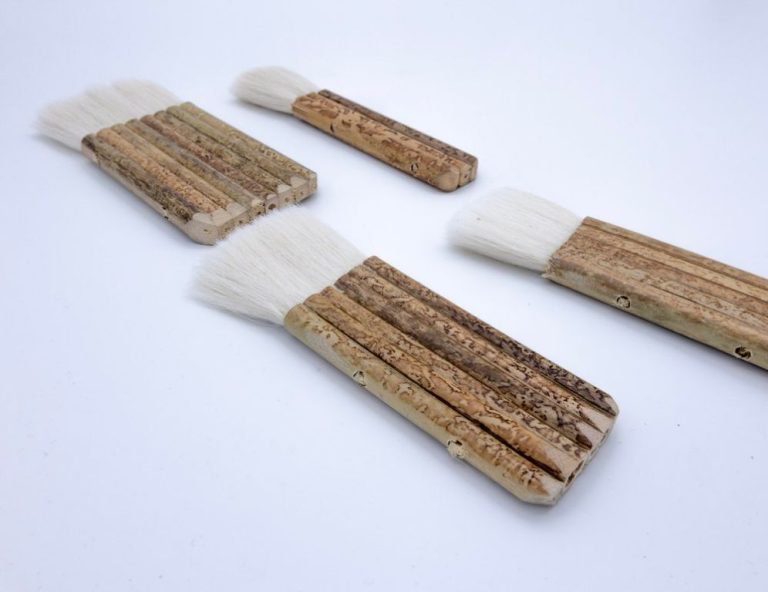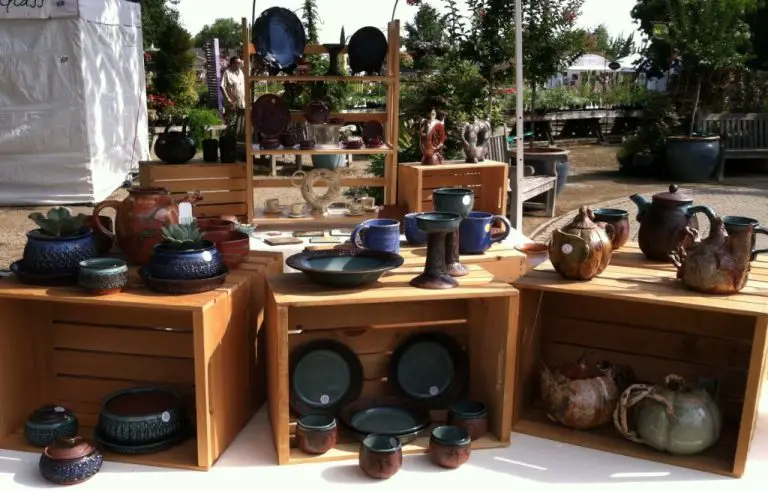Can You Stick Beads In Air Dry Clay?
Air dry clay is a versatile modeling material that dries naturally at room temperature. Unlike conventional clays that require firing in a kiln, air dry clay simply hardens when its water content evaporates over a few days. This makes it an accessible medium for crafters, artists, hobbyists, and kids. When cured, air dry clay creates durable sculpted pieces.
Adding beads is a popular way to enhance air dry clay projects. The beads introduce new colors, textures, and visual interest. Beads can be pressed into the surface or fully encapsulated inside the clay. The finished pieces may include jewelry, wall hangings, figurines, vessels, beads, and more. With some basic techniques, crafters of all levels can successfully incorporate beads into air dry clay.
Types of Air Dry Clay
There are several popular brands of air dry clay that work well for adding beads. Some of the most common types include:
-
Crayola Model Magic – This lightweight, non-toxic clay is colorful and easy for kids to work with. It air dries in 24 hours and does not require baking.
-
Activ-Clay – A smooth, pliable polymer clay that air dries overnight. It’s available in white and terra cotta colors.
-
Hearty Clay – An ultra-light clay that dries hard and smooth within 24 hours. It’s an affordable option sold at craft stores.
-
Original Sculpey – A very soft clay that can be baked in the oven or air dried. It comes in white and terra cotta colors.
These clays are lightweight, simple to mold by hand, and dry hard at room temperature. Their smooth, malleable texture makes them ideal options for adding beads and other objects.
Properties of Air Dry Clay
One of the biggest benefits of air dry clay is that it doesn’t require any special equipment or firing to harden and cure. Air dry clay dries and hardens at room temperature through a natural evaporation process as the water content dissipates over time. This makes air dry clay extremely convenient to use without the hassle of having access to a kiln.
Air dry clay has a soft, lightweight, and malleable texture that is easy to mold and shape by hand. You don’t need any special tools or rollers to manipulate it. The clay remains workable even as it begins drying, allowing time to make adjustments. The finished pieces will be solid but have a lightweight, almost Styrofoam-like feel to them.
These properties make air dry clay one of the most user-friendly clays for beginners, children, hobbyists, and crafters who want to create ceramic art without dealing with the firing process. Its soft and lightweight nature also makes it safe for kids and easy to ship completed projects without breakage concerns.
Suitability of Air Dry Clay for Beads
Air dry clay is well-suited for holding and attaching beads. The lightweight, malleable clay can form a secure grip on beads without being too rigid or heavy. Air dry clay is gentle enough that it won’t break, scratch, or otherwise damage delicate beads. The softness allows beads to nestle comfortably within the clay. When the clay dries, it will hold beads firmly in place. Air dry clay has just the right strength and flexibility to create beaded clay projects. The beads won’t pop out or detach even after repeated handling once the clay has fully cured. The smooth, non-abrasive surface of air dry clay makes an ideal base for showcasing and embellishing with beads.
Techniques for Adding Beads
When working with air dry clay, there are a few techniques you can use to successfully add beads to your creations.
Pressing Beads into Surface
One simple method is to press the beads into the surface of the clay while it is still soft. Gently push the beads in until they are secure. This works best for larger beads with flat backs. Make sure not to push them in too deep or the bead design will be obscured by the clay.
Attaching with Liquid Clay
Another technique is using liquid clay as an adhesive to attach beads. Brush or pipe a small amount of liquid clay onto the surface where you want the bead placed. Then press the bead into the clay and hold for a few seconds until it sets. Liquid clay dries clear and keeps beads firmly in place.
Drilling Holes to String Beads
For a more secure hold, you can drill holes in hardened clay pieces and string beads by threading elastic cord or jewelry wire through the holes. Use a drill or skewer to make holes, then thread your beads before tying a knot to hold them in place. This allows beads to dangle freely from your clay creation.
Best Types of Beads
When adding beads to air dry clay projects, lightweight beads tend to work best. Plastic, wood, or other lightweight beads are good options that won’t weigh down the clay or cause cracking or breaking once dried and cured.
Heavier beads made of materials like glass or gemstones should typically be avoided with air dry clay. The weight of these beads may cause issues like:
- Sagging or drooping of the clay where beads are placed
- Cracking of the clay as it dries and cures
- Breakage of delicate clay structures and shapes
Lightweight acrylic, plastic, or wooden beads in fun shapes and colors work beautifully to add interest and detail to air dry clay projects without compromising the structural integrity of the clay.
Creative Uses of Beads
Air dry clay offers an exciting canvas for creative uses of beads and embellishments. Here are some ideas for decorating clay sculptures or making jewelry with beads:
Decorating Clay Sculptures
Adding beads is a great way to bring color, texture and personality to air dry clay sculptures. Try pressing beads into the surface or attaching them with liquid clay or glue. Geometric patterns, faces, animals and more will come alive when decorated with beads.
Making Jewelry
From pendants to earrings, beads let you design beautiful clay jewelry. Roll balls of clay into bead shapes, then pierce holes before baking so you can string your clay beads together. Or press clay into jewelry molds, add beads for texture, then bake for unique jewelry pieces.
Attaching Beads for Texture
Beads add visual and tactile interest to clay surfaces. Press them halfway into unfired clay for a textured effect. Or apply liquid clay to hardened surfaces and attach beads. Contrasting colors and sizes of beads make for striking designs.
Tips for Success When Adding Beads to Air Dry Clay
When working with air dry clay and beads, follow these tips to help ensure success:
Let the Clay Fully Dry Before Handling
It’s important to let air dry clay cure completely before handling the finished piece. Air dry clay will initially feel dry to the touch in just 24-48 hours. However, the drying process continues for up to 1-2 weeks as moisture evaporates from the center of the clay outwards. If you try to handle or embellish air dry clay too soon, it can crack or break easily.
Seal Pieces with an Acrylic Varnish
Applying a protective acrylic varnish over air dry clay gives it a glossy finish and helps seal and stabilize the material. This prevents moisture from entering or exiting the clay which could cause cracking. Let pieces dry fully before sealing, and apply 2-3 thin coats letting each dry in between.
Store Completed Pieces Properly
It’s important to store finished air dry clay pieces in a dry environment away from moisture and humidity. Placing them in an airtight plastic container or display case helps prevent moisture exposure which could damage embellishments like beads over time.
Troubleshooting Issues Adding Beads to Air Dry Clay
Even when using the proper techniques, you may encounter some issues when adding beads to air dry clay projects. Here are some common problems and tips to address them:
Beads Not Sticking to the Clay
If your beads keep falling off the clay or seem loose, the clay likely doesn’t have enough give. Make sure to condition the clay properly by kneading before use. You can also try slightly wetting the area you will apply the bead to help create a tackiness for better adhesion.
Clay Cracking During Drying
If the clay cracks around the beads while drying, there are a few possible reasons. Make sure the clay is an appropriate thickness and not too thin where beads are placed. Slow down the drying process by keeping the project away from direct sunlight and heat. Lastly, add a very small amount of water while smoothing the cracks to blend the clay if needed.
Clay Drying Too Slowly
To speed up the drying process, make sure your project is in a warm spot out of direct sunlight. Move the piece to a drier environment or try pointing a fan towards it. Avoid overly thick pieces which will take longer to fully dry. If the project is taking more than 24 hours to dry, the clay likely needs more time to cure fully.
Conclusion
Adding beads to air dry clay opens up a world of creative possibilities. From simple designs to elaborate jewelry, beads allow you to customize and enhance your clay projects. The techniques are straightforward – simply press beads into the clay or glue them on with strong adhesives. Both plastic and glass beads work well, providing they are secured properly.
When inspiration strikes, don’t be afraid to experiment. Let the beads guide you into new creative directions. Make jewelry, ornaments, frames, boxes, wall hangings and more. Layer beads, combine colors and sizes – the options are endless. Remember that imperfection is part of the handmade process. Don’t stress if a few beads fall off. Enjoy the creative journey and have fun making something beautiful.

